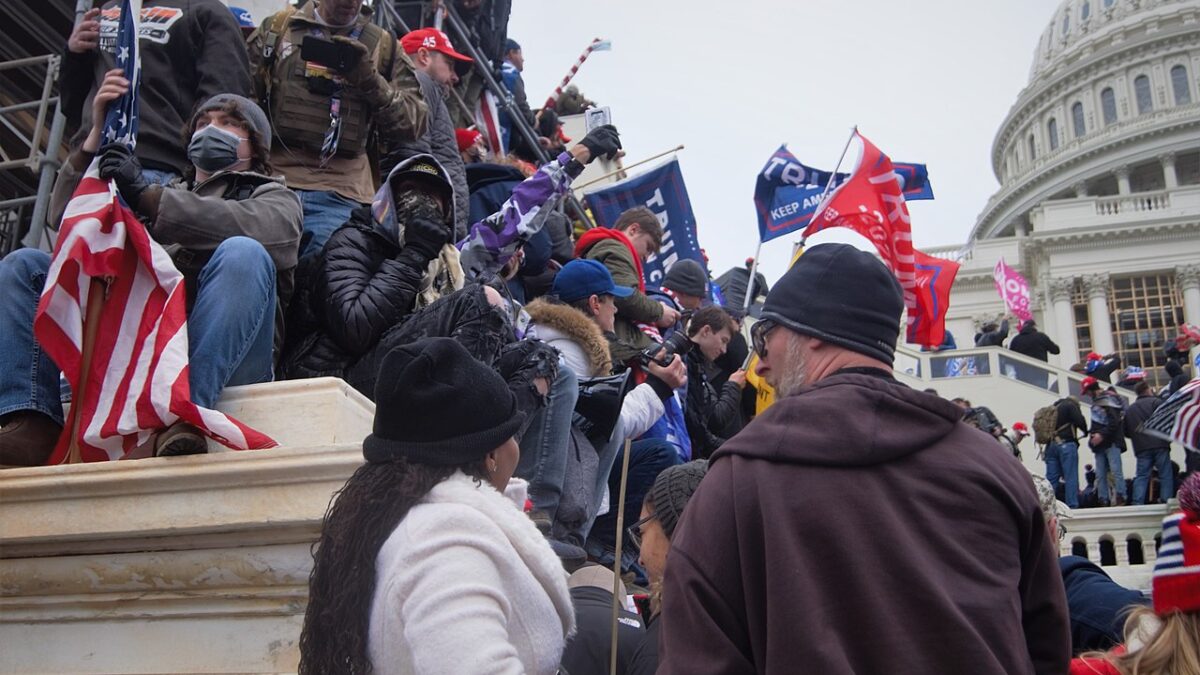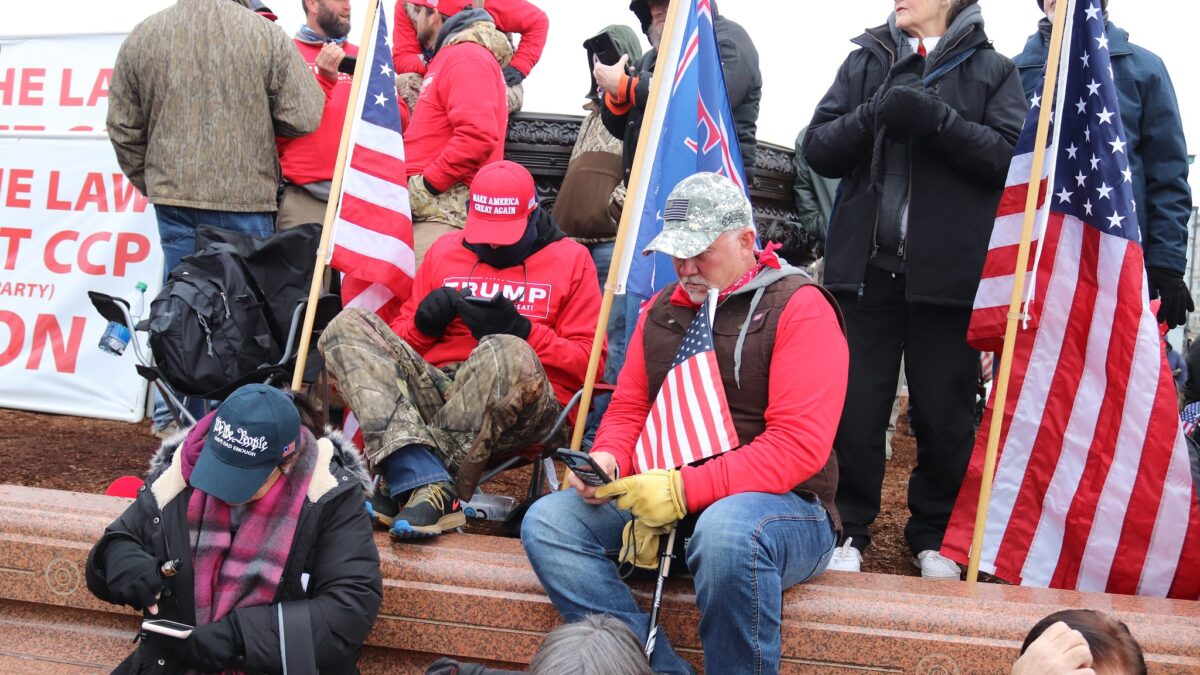
Last week, the Supreme Court heard oral arguments about the constitutionality under the Establishment Clause of a 40-foot World War I memorial cross that has stood on public land in Maryland for 94 years. The companion cases were American Legion v. American Humanist Association and Maryland–National Capital Park and Planning Commission v. American Humanist Association. The cross had been financed and constructed by the American Legion.
Three attorneys representing the American Legion, the Maryland National Capital Parks (the public owner of the property on which the cross is situated), together with the acting solicitor general of the Trump Department of Justice, argued for the cross.
Citing the case of Van Orden v. Perry (2005), in which the Supreme Court ruled that a 40-year-old display of the Ten Commandments on the grounds of the Texas state capitol in Austin was constitutional, and Town of Greece w. Galloway (2014), in which the Supreme Court upheld the constitutionality of a New York town opening its town meetings with prayer on a non-discriminatory basis, the attorney for Capital Park argued that the cross should be upheld because of its “long tradition” and its “objective meaning” as a war memorial.
Justice Elena Kagan countered that “for members of other faiths, that symbol is not a way to memorialize the dead and does not have that meaning.”
The attorney for the American Legion argued that the court should extend its Town of Greece acceptance of religious speech to the “symbolic speech” of the cross. He said that the cross was not coercive or proselytizing. The solicitor general was in accord: the cross “falls within our nation’s long tradition of accommodating speech or symbols in civic life.”
Justice Sonia Sotomayor, saying that “we don’t have a ‘long tradition’ of erecting a 40-foot cross on government property,” disagreed. Justice Ruth Bader Ginsburg brought up the increasing secularization of the American people and whether that made a difference. The solicitor general replied that the cross had a secular meaning even at the time immediately after World War I and that it is still maintained for that secular purpose.
The attorney for the American Humanist Association, the organization that brought the case into federal court, criticized the “traditional” and “war-memorial” arguments, which amounts to “telling Jews, telling Muslims, telling humanists that the cross honors them, when they emphatically say it does not.”
During her arguments, the AHA attorney several times took up the position of the Baptist Joint Committee in its brief in the court that any portrayal of the cross as a secular symbol was blasphemy. In the words of the humanists’ attorney, such a portrayal is “telling Christians that their most preeminent and sacred symbol of Jesus Christ actually, in fact, also symbolizes atheism.”
The case had been brought into federal district court by three humanist plaintiffs who, the appeals court had said, were “offended by the prominent display” and “wish[ed] to have no further contact with it.” Although not mentioning those plaintiffs and their specific contention directly, Justice Neil Gorsuch challenged the humanists’ attorney by pointing out “there aren’t many places in the laws where we allow someone to make a federal case out of their offensiveness about a symbol being too loud for them.”
Kagan also asked the attorney why a case should be based on “how people process these symbols and what messages they convey.” Justice Stephen Breyer asked a related question. Justice Samuel Alito then reversed the question and asked what “message” would be sent to other people who “see crosses all over the country being knocked down” as a possible consequence of the Supreme Court ruling against this particular cross. He then averred that “ordinary people get along pretty well and are not at each other’s throats about religious divisions.”
The humanists’ attorney did not waver in defense of her clients and their complaint about the cross. It’s not merely about being offended, she maintained, “it’s about being a citizen in your own community.” When “the government [is] the speaker,” the “message” given to non-Christians in a community is that “you are a lesser citizen.”
Continuing with the contention that the cross gives personal offense, she said that “the government’s symbol” of a cross at a war memorial tells non-Christians “that Christians have valor, Christian have courage, Christians have devotion, Christians have endurance.” In a reply to a question from Alito, she agreed that the government would be equally forbidden to erect a monument to “the happy humanist, 40 feet tall.”
The most frequently used word in the oral arguments by both supporters and opponents of the cross and by almost every justice was the word “context.” The context of a public religious monument or public prayer matters, everyone seemed to agree. The decisions in Van Orden and Town of Greece depended on the particular circumstances of the Ten Commandments display and the town-meeting prayer, respectively, of those cases.
In another case that was referred in the oral arguments, McCreary v. ACLU (2005), the public display of the Ten Commandments at a Kentucky courthouse was disallowed because it was found to be divisive and to have the purpose of advancing religion. Chief Justice John Roberts remarked that he was ready “to throw my hands up. There are 20 different facts, how big it is, where, you know, is it located. And maybe that is the best we can do.” The humanists’ attorney agreed that you have to “deal with each cross.”
Overall, it can be said that the oral arguments’ central theme which might control a decision is the opinion of Justice Anthony Kennedy in writing for the five-member majority in Town of Greece. In that opinion, Kennedy wrote that the town’s practice of prayers at public meetings “comport[s] with our tradition and does not coerce participation by nonadherents.”









